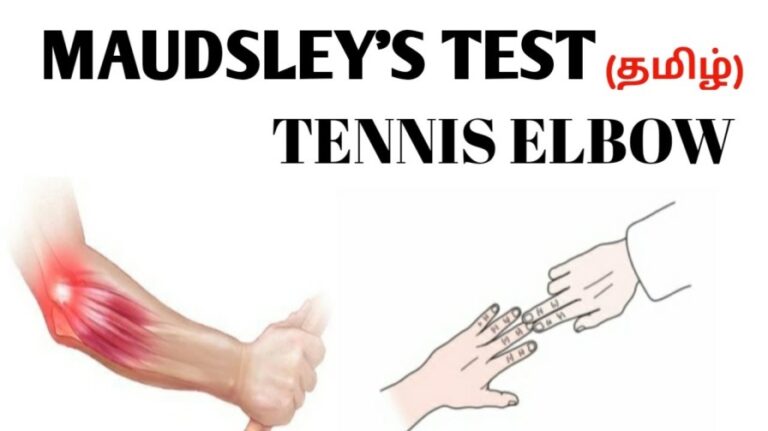Burpee exercise: Health Benefits, Muscle work, How to do?
What is burpee exercise? Burpees are a plyometric exercise. This exercise uses your whole body weight for resistance. By doing this exercise you will focus on a full-body aerobic workout that aims to build muscle strength and endurance in your lower limb and upper limb muscles. A standard burpee exercise helps to strengthen the muscles…

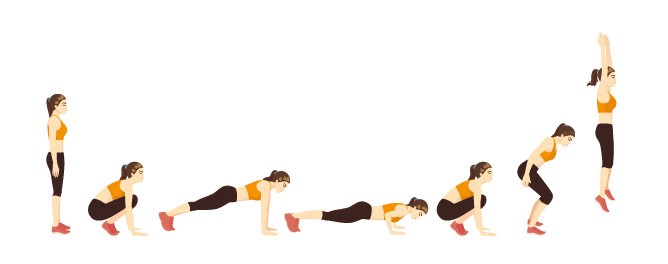
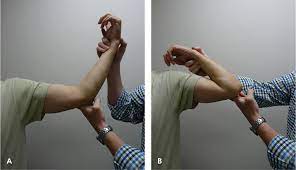
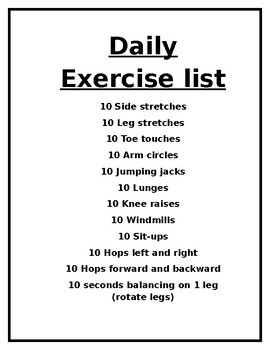
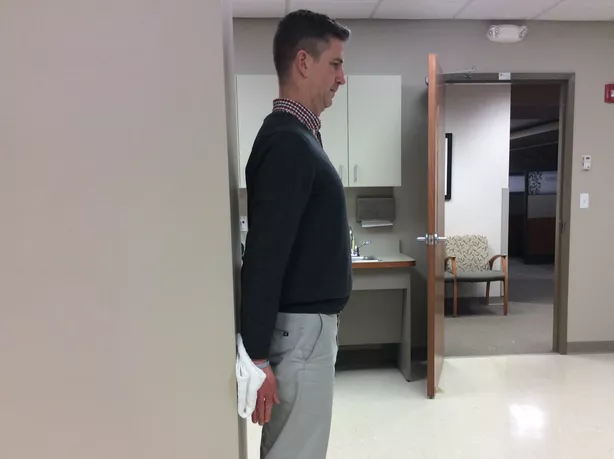
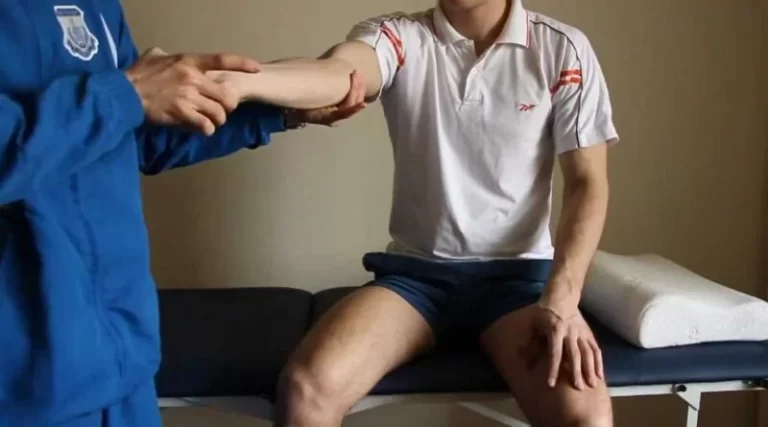
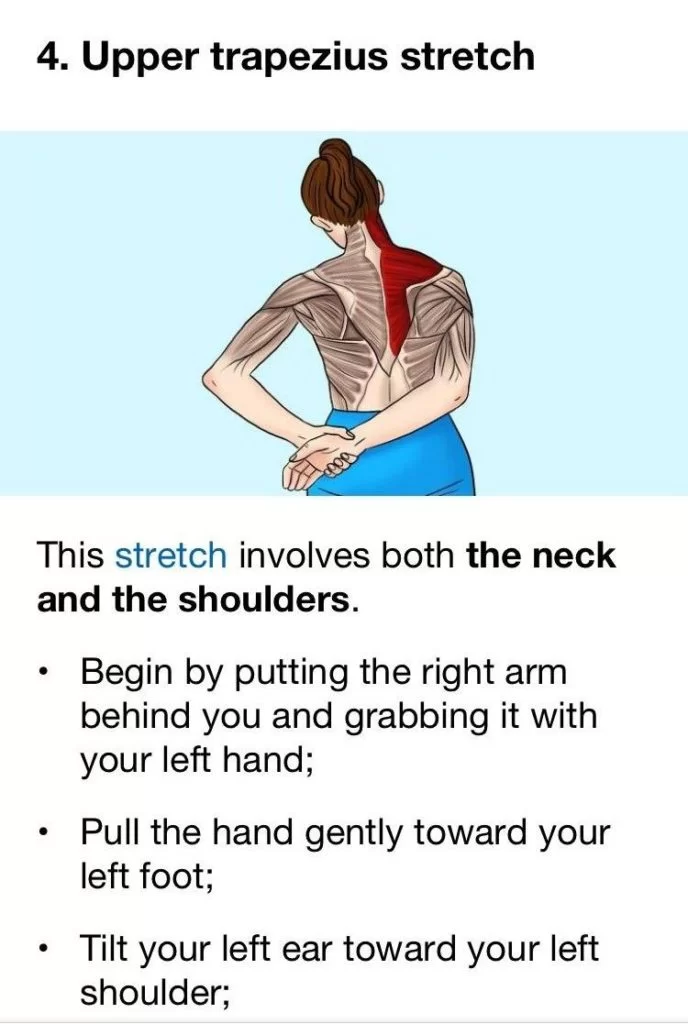
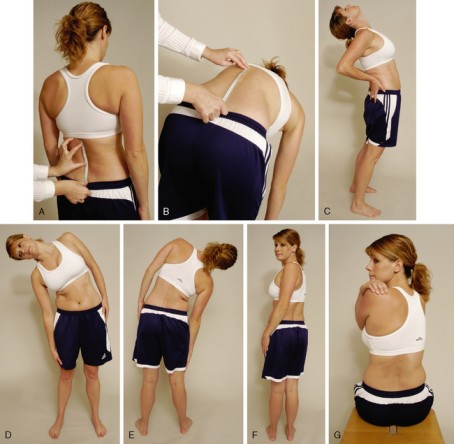
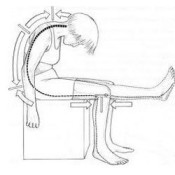
![Oppenheim test purpose = this test is used to check the lesion of the upper motor neuron. technique = starting position of the patient for the test is the supine position. the examiner runs a fingernail along the crest of the patient's tibia. result = a negative Oppenheim test is indicated by no rection or no pain. a positive test is indicated by a positive Babinski sign [ positive pathological reflex ] & suggests an upper motor neuron lesion.](https://mobilephysiotherapyclinic.in/wp-content/uploads/2022/02/filp-test.jpg)
